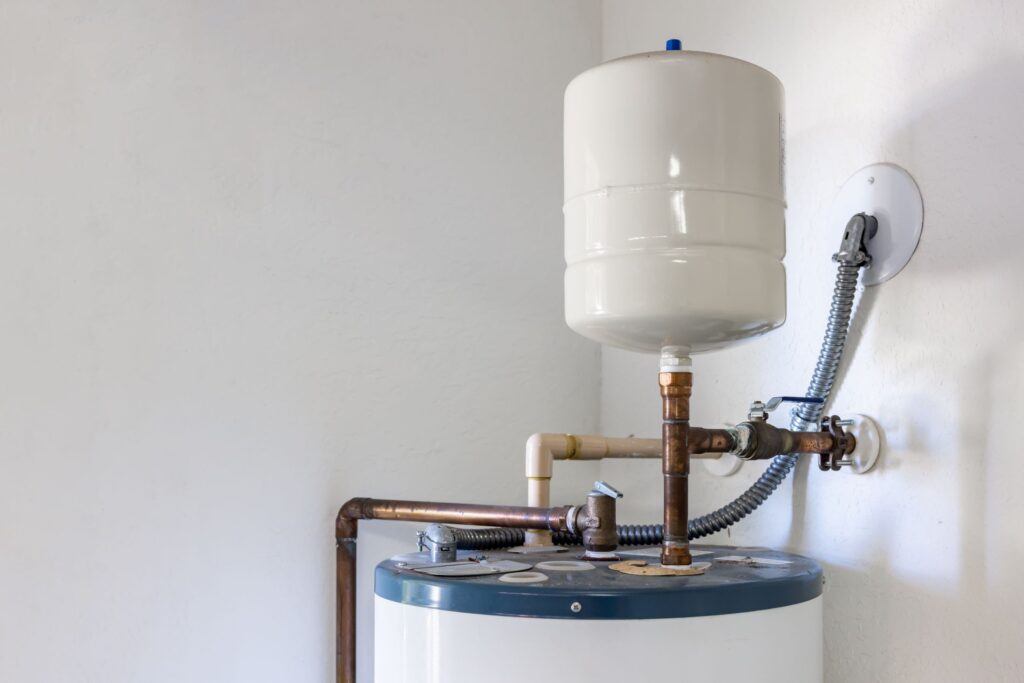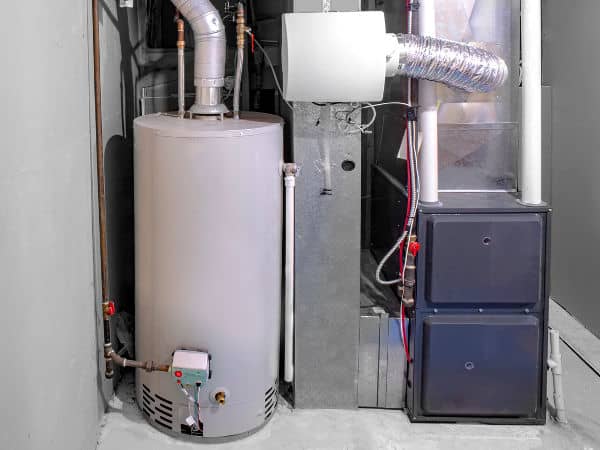Easy Methods to Care for Your Home's Hot Water System EffectivelyExpert Guidance on Caring for Your Home's Hot Water System
Easy Methods to Care for Your Home's Hot Water System EffectivelyExpert Guidance on Caring for Your Home's Hot Water System
Blog Article
The content listed below on the subject of How to Maintain a Hot Water Heater in a Few Simple Steps is relatively enjoyable. Read on and make your own personal conclusions.

Warm water is essential for everyday comfort, whether it's for a rejuvenating shower or cleaning dishes. To guarantee your hot water system runs successfully and lasts much longer, normal maintenance is crucial. This write-up provides sensible tips and understandings on how to keep your home's warm water system to stay clear of disruptions and pricey repairs.
Intro
Maintaining your home's hot water system could seem overwhelming, however with a couple of easy actions, you can ensure it runs efficiently for many years ahead. This guide covers every little thing from understanding your warm water system to do it yourself maintenance pointers and knowing when to employ professional help.
Value of Keeping Your Hot Water System
Routine upkeep not only prolongs the life-span of your hot water system however additionally guarantees it operates effectively. Overlooking maintenance can lead to reduced effectiveness, greater power bills, and even premature failure of the system.
Indications Your Hot Water System Requirements Upkeep
Recognizing when your warm water system requires focus can protect against significant concerns. Keep an eye out for indications such as irregular water temperature, unusual noises from the heating unit, or rustic water.
Comprehending Your Hot Water System
Before diving into maintenance jobs, it's handy to recognize the standard components of your hot water system. Usually, this consists of the hot water heater itself, pipelines, anode rods, and temperature controls.
Monthly Maintenance Tasks
Routine month-to-month checks can aid capture small issues before they escalate.
Flushing the Water Heater
Purging your hot water heater gets rid of debris build-up, boosting efficiency and prolonging its life.
Checking and Replacing Anode Rods
Anode rods avoid corrosion inside the storage tank. Inspecting and replacing them when worn out is essential.
Examining and Adjusting Temperature Settings
Adjusting the temperature settings ensures optimal performance and safety.
Do It Yourself Tips for Upkeep
You can execute numerous upkeep tasks yourself to maintain your warm water system in leading problem.
Checking for Leaks
Consistently check pipes and connections for leaks, as these can lead to water damages and greater costs.
Checking Pressure Relief Valves
Testing the pressure safety valve guarantees it works properly and avoids too much stress accumulation.
Shielding Pipes
Insulating hot water pipelines minimizes warm loss and can save energy.
When to Call a Specialist
While do it yourself maintenance is beneficial, some problems require specialist competence.
Complex Concerns Requiring Specialist Help
Instances consist of major leakages, electrical issues, or if your water heater is constantly underperforming.
Regular Expert Upkeep Advantages
Specialist maintenance can consist of extensive assessments, tune-ups, and making certain compliance with safety and security criteria.
Final thought
Normal maintenance of your home's warm water system is essential for effectiveness, long life, and expense financial savings. By complying with these pointers and knowing when to look for professional assistance, you can ensure a reliable supply of hot water without unforeseen interruptions.
Water Heater Maintenance: The Basics
Maintaining your water heater will ensure it operates efficiently and has a longer lifespan. Neglecting regular maintenance can lead to costly repairs and an even bigger chunk of your savings if you have to replace it sooner than necessary. But there’s good news: Most water heater maintenance tasks are relatively simple and easy for homeowners with basic DIY skills.
Flush the Water Heater
Over time, sediment and minerals can build up in the tank, reducing its efficiency and potentially causing damage. To flush the tank, turn off the power or gas supply, attach a hose to the drain valve near the bottom and open the valve to drain the water until it runs clear. Ideally, flush the tank annually.
Replace the Anode Rod
The anode rod is a sacrificial metal rod that helps prevent corrosion inside the tank. Inspect and replace it every three to five years or per the manufacturer's recommendation. To replace the anode rod, turn off the power or gas supply, drain a few gallons of water from the tank, unscrew the old rod and replace it with a new one. If the anode rod is significantly corroded or covered in calcium buildup, it's a sign the water heater may need to be replaced soon.
Tune-Up
A yearly tune-up can help identify potential issues and ensure your water heater operates at peak efficiency. This typically involves checking the thermostat, burner assembly (for gas heaters) and any other components specified by the manufacturer. During a tune-up, the technician may also clean the burner and adjust the pilot light (for gas heaters) or examine the heating elements (for electric heaters).
How to Maintain Your Water Heater
Insulate the tank. Insulating the tank can improve energy efficiency and reduce heat loss, saving you money on energy bills. You can purchase precut insulation blankets designed specifically for water heaters or use standard fiberglass insulation wrapped securely around the tank. Check the temperature. The recommended water temperature for most households is around 120 degrees Fahrenheit (49 degrees Celsius). Higher temperatures can increase energy costs and potentially cause scalding. Use a kitchen thermometer to check the temperature at the faucet nearest the water heater. Monitor water pressure. Excessive water pressure can strain the water heater and cause leaks or even tank failure. Install a pressure-reducing valve if necessary. The ideal water pressure range is between 60 and 70 PSI (pounds per square inch). Test the temperature and pressure (T&P) relief valve. The T&P relief valve is a safety feature that releases pressure if the tank gets too hot or the pressure builds up too high. Test it annually by lifting the lever and allowing a small amount of water to release. Replace the valve if it doesn't release water or reseal properly. Check for leaks. Regularly inspect the tank, pipes and fittings for leaks or corrosion. Deal with issues promptly to prevent further damage. Even a small leak can lead to significant water damage over time. Consider a tankless water heater. If your traditional tank-style water heater is nearing the end of its lifespan ( typically 10 years), consider replacing it with a tankless water heater. These units heat water on demand, reducing standby energy losses and potentially saving you money on your energy bills. Schedule professional maintenance. While homeowners can perform many water heater maintenance tasks, it's still a good idea to schedule professional maintenance every few years. A plumber or HVAC technician can thoroughly inspect the unit, identify potential issues and ensure it operates safely and efficiently. https://www.homeserve.com/en-us/blog/home-improvement/hot-water-heater-maintanence/

As a keen reader on How to Maintain Your Water Heater & Prolong its Life, I figured sharing that piece of content was beneficial. Are you aware of anybody else who is looking into the subject? Take a moment to promote it. Thanks a bunch for your time. Revisit us soon.
Need Help? Hire Us Now! Report this page